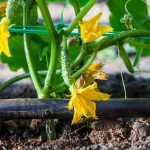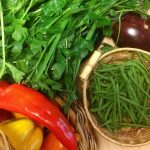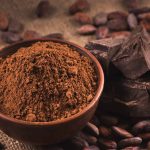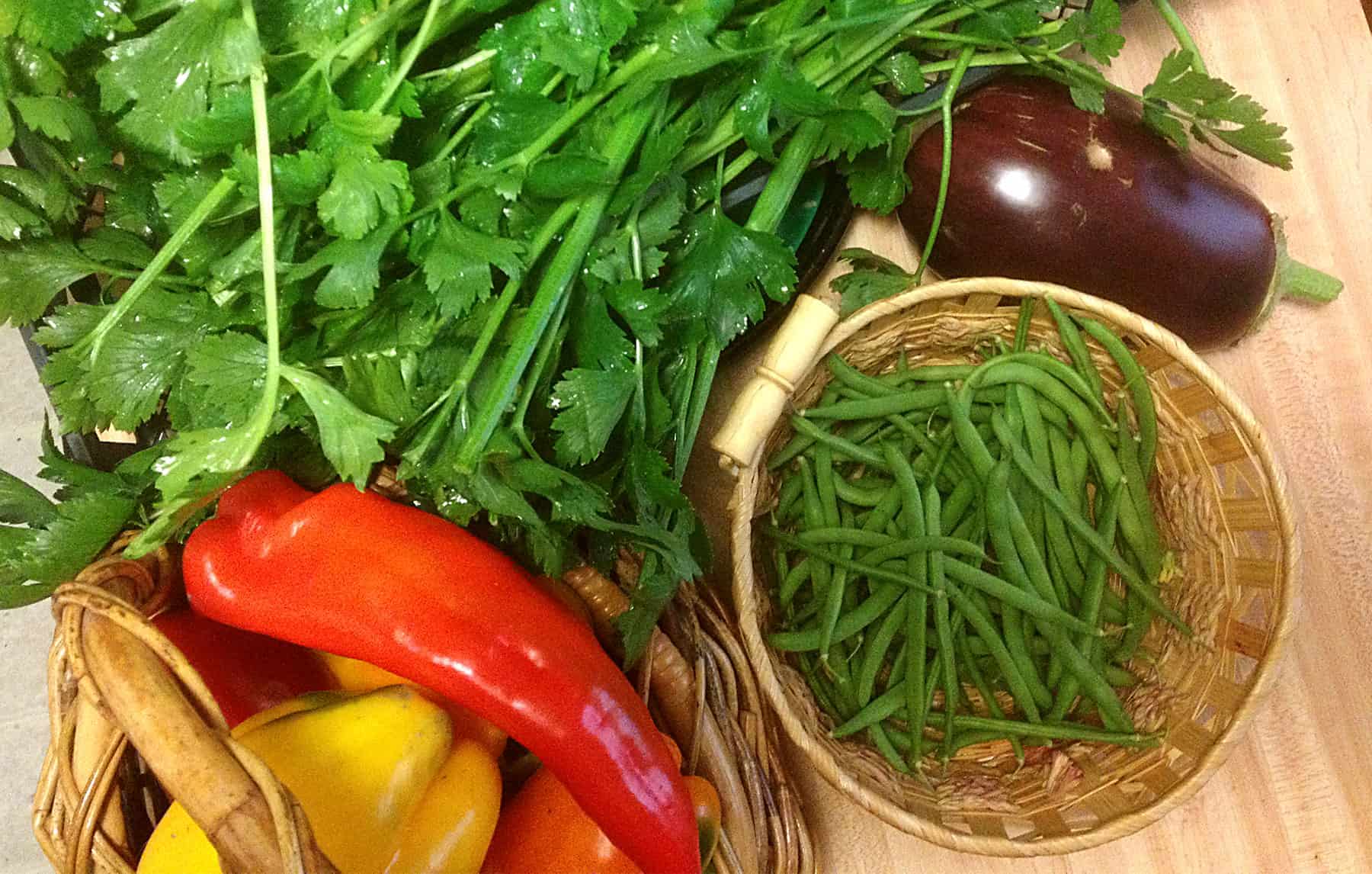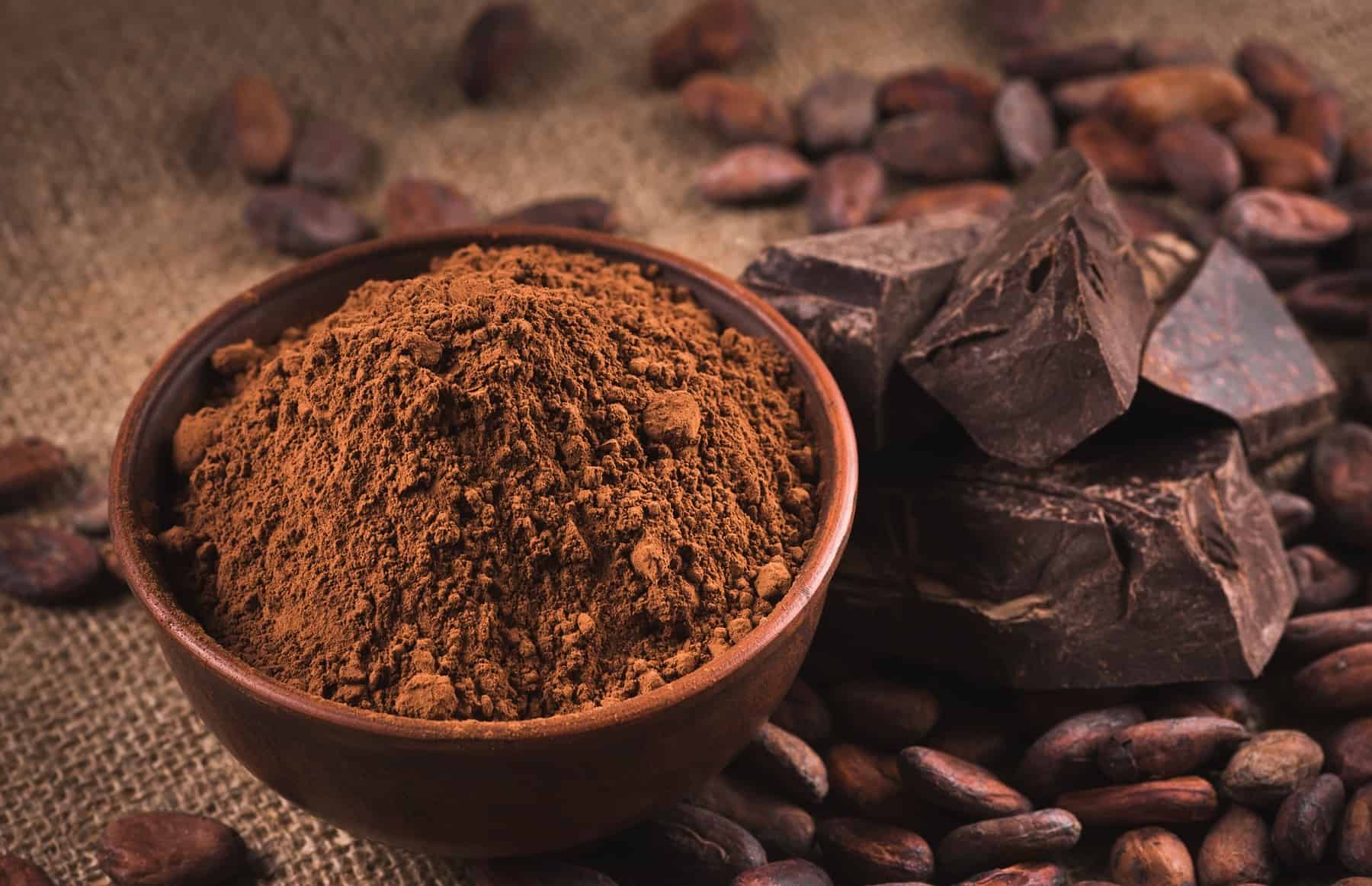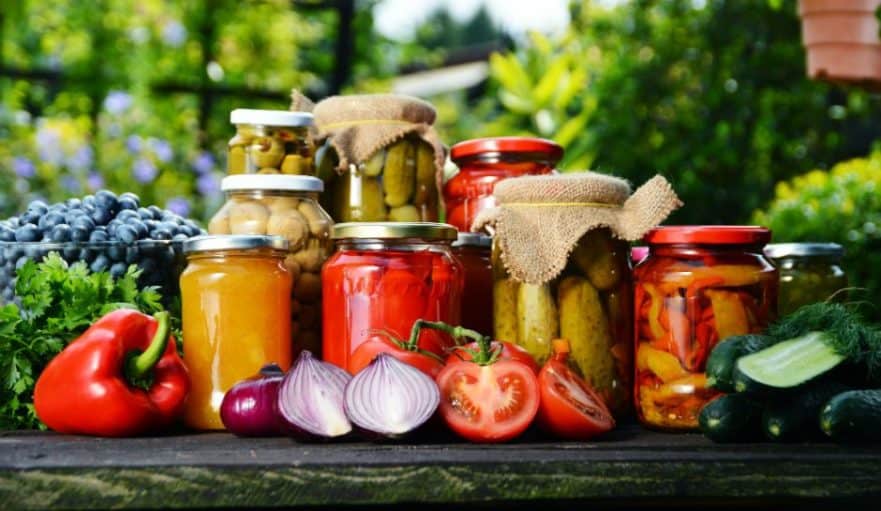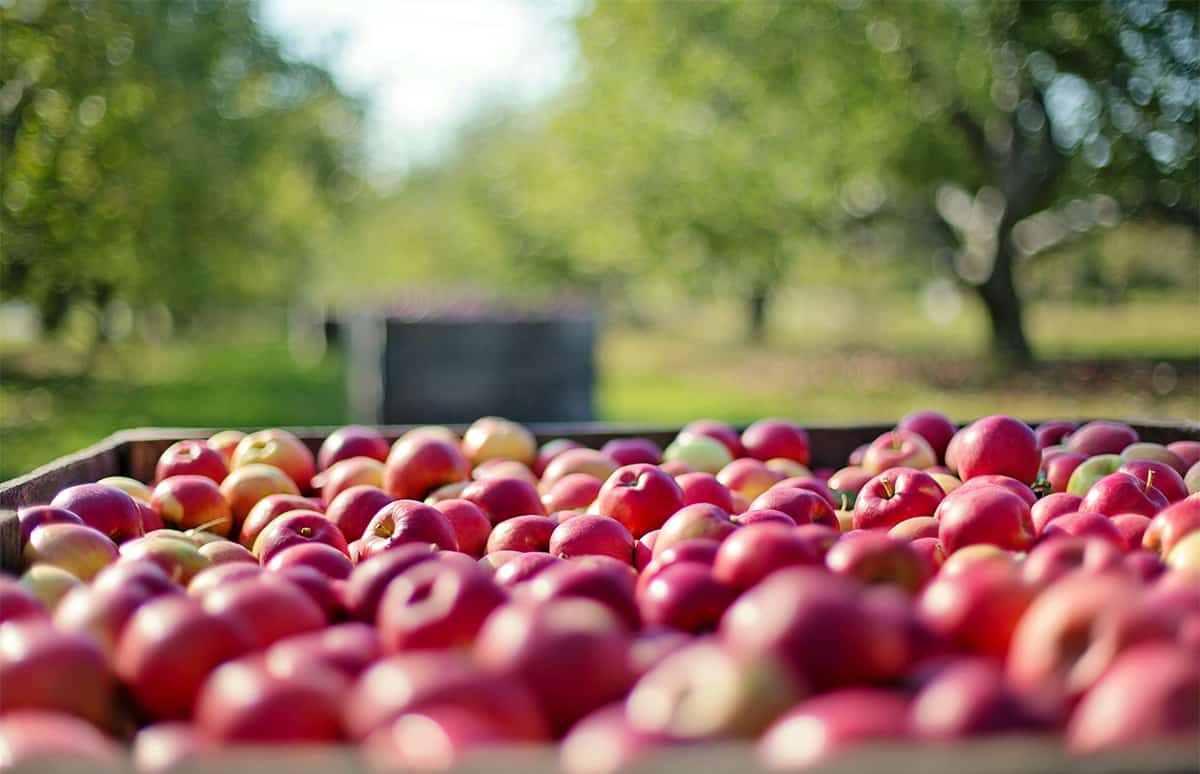[ad_1]
There are quite a few causes we start a vegetable yard: To coach, to get nearer to nature, to reduce our carbon footprint, to have the benefit of sorts of fruits and veggies we’re in a position to’t uncover in outlets, and usually, to economize on groceries. In my case, I’m a cheapskate and I like the advantage of saving money on up to date meals. Plus, being out throughout the sunshine matches me successfully.
Do you have to study The $64 Tomato, you realized that starting a yard can, if executed improper, worth you somewhat greater than searching for the an identical produce in outlets. Completed correct nonetheless, and likewise you’ll be producing gallons of produce each season with minimal financial funding. These up to date greens and fruit would worth tons of of {{dollars}} at a grocery retailer. Plus, you’ll know that your meals is pure and wasn’t shipped halfway across the globe, together with to native climate change.
After which there’s the flavour of fresh-picked one thing. Supermarkets carry industrial produce that’s significantly grown to survive the prolonged journey from farm to retailer. Style is generally sacrificed for firmness or on account of it’s picked far sooner than it’s ripe (study Tomatoland for a incredible rationalization of this). Nonetheless there are so many sorts of greens you’ll on no account see exterior of your yard – merely flip by any seed catalog and likewise you’ll see what I suggest.
Make a plan and develop what you wish to eat
If it’s your first yard, it’s essential to make a plan to attenuate your labor and to develop what you understand shall be eaten. Lean into greens and fruits that are expensive to buy in outlets (like berries, tomatoes, peppers), or varieties that will’t be current in outlets (heirloom tomatoes and lettuces). And develop solely up to date herbs that you just use often. Modern potatoes, onions, carrots, and garlic are comparatively low-cost to buy and rising them is easy – nonetheless is it the perfect use of your space from a save-money-on-groceries perspective?
One among my pet peeves is throwing away any meals I grew throughout the yard. Constructive, it might be composted, nonetheless my arduous work is in that meals too. So plan your yard and develop solely as rather a lot as you probably can eat up to date, frozen or canned. An excellent yard plan comes with experience, so go slowly your first few seasons and stick with what you want and what you’ll eat. Starting with a simple plan will make the work you place into gardening and harvesting further manageable.
Calculating the worth of rising greens and fruit vs searching for them in outlets
It’s fantastic how rather a lot meals you probably can develop in a small yard like mine. I develop a limiteless amount in 5 raised yard beds, 1 tree, and alongside a fence. 4 beds are 10′ x 3′ (3.5 meters x 1 meter) and one is 15′ x 3′ (4.5 meters x 1 meter). Maintenance is low on account of I’ve 3 beds dedicated to perennial fruits: blueberries, blackberries and strawberries. That leaves 2 beds by which I rotate tomatoes, sweet peppers, onions, garlic, beans, marigolds, dill, basil, and parsley. Some years might also uncover celery in there or one other herb or plant I’m collaborating in with. See my publish on tips about find out how to plant crops collectively.
I also have a small kitchen yard, about 3 ‘ x 3’ (1 meter x 1 meter), off my patio for greens and herbs (simple to fence off from rabbits). I benefit from my break up rail fence to develop raspberries, and I’ve a cherry tree. The crops listed underneath are my frequent rotation, and thru the years I’ve moreover thrown in cauliflower, broccoli, cabbage, asparagus, pole beans (as an alternative of bush beans), celery, chamomile, cucumbers, sweet corn, heirloom kale, and further (not abruptly). See our internet web page on tips about find out how to develop the popular fruits and veggies.
Local weather performs an unlimited operate in how rather a lot your yard will produce
Naturally, local weather performs an unlimited operate in how rather a lot each yard mattress produces yearly. Even primarily essentially the most expert gardener could also be pissed off by 100-degree F (37 C) days in May that set off pepper blossoms to drop or a scorching, dry stretch in August that slows your tomato yield to a crawl. And power rain creates challenges too. Usually the local weather can absolutely wipe out a crop as a result of it did with my cherries this yr (a moist spring prompted a fungal an an infection throughout the fruit). Nonetheless beneath common conditions, these vegetation produce ample fruits and veggies to feed 2-plus of us (plus mates and neighbors) from May to October with some saved throughout the freezer or made into pesto, tabbouleh, salad dressings, marinades, jams, smoothies, or spaghetti sauce.
How rather a lot I spend on my yard
The ultimate reply when anyone asks me how rather a lot I spend on my yard is “not rather a lot”. If you want to consider the worth of developing my raised yard beds, the arithmetic is: $300 for cedar planks (all-in) and about $20 for {{hardware}}. They’ve been constructed 10 years up to now and are nonetheless standing. Right now, kits will be discovered on-line, nonetheless they’re expensive. It’s least costly and further sturdy to hunt out cedar boards in any case 4″-8″ giant (10-20 centimeters) scale back to the scale you need at your native home coronary heart and wall blocks like these to hold them upright.
And people who want to break up hairs will say, “what about your time and labor?”. I suppose there’s an argument for that. Nonetheless as soon as you’re keen on doing one factor it’s hardly work. Moreover, my setup requires little or no labor after spring prep.
How rather a lot my yard yields and the way in which rather a lot each fruit or vegetable costs
Strawberries (June bearing)
5 years up to now I bought 24 vegetation. They now fill the raised mattress and need to be thinned yearly.
- Yield: Roughly 12 kilos
- Inputs: Do-it-yourself compost solely; fowl netting (shared with the blueberries later throughout the season)
- Value per yr: $0 (besides you annualize the worth of the vegetation which have been about $18)
Tomatoes and Peppers
I develop 12-16 tomato vegetation yearly (some end up in pots on my patio) and 6-8 pepper vegetation. I’ve my favorite varieties and check out 1 or 2 new varieties yearly. I start my vegetation indoors beneath T5 develop lights each spring to economize, on account of if I bought this many vegetation vegetation yearly it’d worth me a fortune. Plus, I’ll on no account uncover most of these varieties at a neighborhood nursery and it ensures that I start with disease-free vegetation. See my publish on starting vegetation proper right here.
- Yield: 20-30 fruits per tomato plant, counting on choice. Big Beefsteak or Oxheart tomatoes may solely produce 12 (nonetheless they’re giant). Cherry tomatoes produce 100 or further. Pepper vegetation are prolific and produce roughly 2 dozen peppers per plant counting on the size of the pepper.
- Inputs: Seeds, seed starting mix, develop lights, starting pots, fertilizer.
- Value: The one issue I buy new yearly is Jiffy Seed Starting Mix. Seeds are used over 3-4 years, T5 develop lights have lasted for a couple of years, and plastic pots are re-used yearly. Seeds worth $1.50-$2.00 and closing about 3 years when saved accurately.
Blackberries
I bought 1 blackberry plant about 5 years up to now for $12.00 and it has now unfold to fill the entire mattress. The one arduous worth after that was to assemble a trellis with 4 7-foot metallic stakes and coated wire strung between them.
- Yield: An entire lot of berries yearly – an estimated 15 kilos
- Inputs: Trellis constructed first yr, 2X annual feedings of hand-crafted compost
- Value: About $40 for the trellis in yr 1 and $0 for compost yearly
Beans (Bush kind)
Beans are merely regarding the lowest worth vegetable you probably can develop. All you need are the seeds while you’re rising bush beans. Add a trellis for pole beans. Succession planting at 3-week intervals yields beans all season.
- Yield: About 1/2 pound of beans per plant for bush beans, and larger than double that for pole beans.
- Inputs: Seeds
- Value: $1.50 – $2.00 for seeds
Blueberries
I bought 3 blueberry bushes about 10 years up to now. They’re each now about 5 toes tall and produce large volumes of blueberries in an excellent yr if the squirrels aren’t ruthless and chew by the fowl netting.
- Yield: An entire lot of berries (minimal 15 quarts)
- Inputs: Compost 2X yearly; yearly soil testing and adjustment to maintain up a low pH; fowl netting (shared with the strawberries)
- Value: About $10 per yr, along with the sulfur to lower pH and the worth of fowl netting over 3 years.
Cherries
I bought a very specific cherry tree about 10 years up to now that is bred to flower about 2 weeks later than your typical cherry tree. This reduces the number of blossoms that get destroyed by a spring freeze. In an excellent yr, the number of cherries is throughout the tens of gallons. In a nasty yr (sickness), it could possibly be zero. That’s absolutely local weather dependent, as we’re rising organically and don’t have a weekly spraying program as you will in a fruit orchard. We solely usually use a sulfur-based pesticide to battle fungi, accepted for pure gardening.
- Yield: 0-hundreds
- Inputs: Yearly spraying of sulfur-based pesticide to forestall fungus
- Value: $40 (and the worth of the tree amortized over 10+ years)
Salad greens
I develop peas, lettuces, kale, chard, and herbs (sage, oregano, rosemary, marjoram, thyme) exterior of my kitchen door in a small fenced-off area (about 6’x3′) to keep up it protected against rabbits. I start some indoors in March to plant out throughout the ultimate frost in April, so we’re in a position to start consuming up to date salads in early May. We preserve consuming by the first frost in November. I develop the peas on a trellis cobbled collectively from tree branches and points found throughout the shed (that’s the “rustic” look!, I outlined to my partner).
- Yield: Greens all season
- Inputs: Seeds, starter medium, starter pots
- Value: About $1 plus seeds.
Basil, Parsley, Dill
Basil and parsley are planted all by the gardens wherever there’s space. We make tons of pesto as shortly as the first basil vegetation are ready after which preserve snipping leaves as we would like them for salads and totally different culinary delights. I moreover harvest in any case 2 of the vegetation to dry and use over winter. The dill grows wild. The parsley is used up to date as needed and harvested to dry and use over winter. These herbs are moreover wonderful for supporting helpful bugs in your yard.
- Yield: Larger than ample
- Inputs: Seeds, starter pots, starter medium (basil and parsley solely)
- Value: Seeds + $1.00
So there’s the gist of it. Even while you solely have small patio or deck to develop on, and even merely the doorway stoop of your residence developing, nothing beats biting proper into a recent tomato or pepper from the plant you grew from a toddler. Rising up to date meals could also be executed wherever in any dimension space.
[ad_2]



